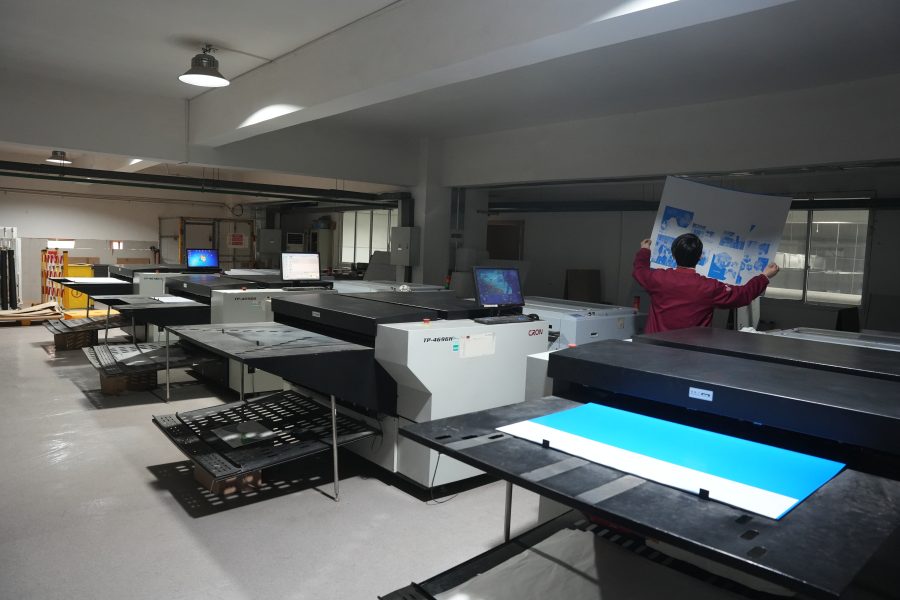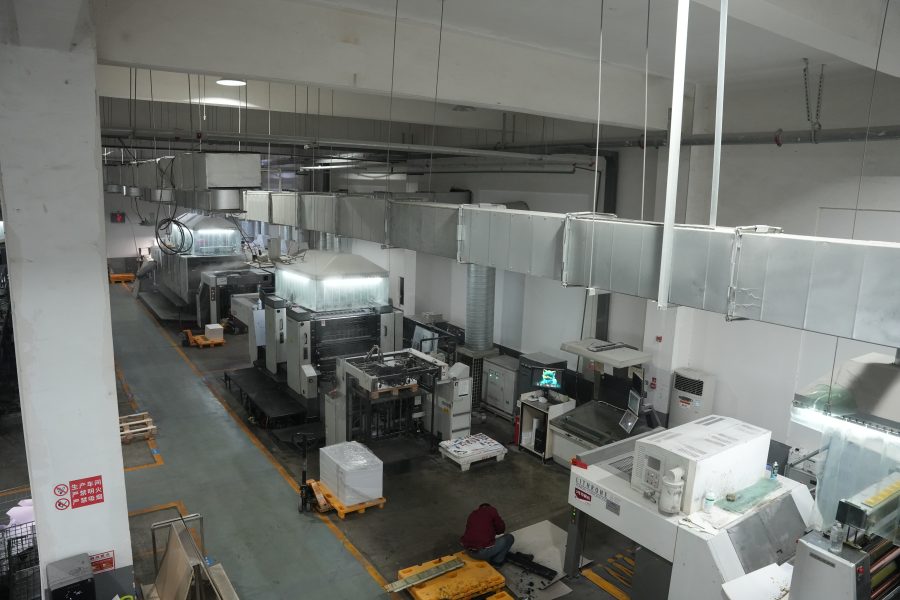How to Prepare Dielines for Printing: A Detailed Guide
Dielines are an essential part of packaging and print design, ensuring that your final product is accurately cut, folded, and assembled according to specifications. Whether you are designing a custom box, a label, or a brochure with special cuts, preparing dielines correctly is crucial for achieving a professional and precise print output. This detailed guide will walk you through the steps of creating and preparing dielines for printing.
What is a Dieline?
A dieline is a template that indicates the cut, fold, and bleed lines for printed packaging and other custom-shaped print products. It serves as a blueprint for printers, ensuring that designs align perfectly with physical dimensions when printed and assembled. Dielines are typically created in vector-based design software such as Adobe Illustrator.
Step-by-Step Guide to Preparing Dielines for Printing
1. Understand the Components of a Dieline
A well-prepared dieline consists of three essential elements:
Cut Lines (solid lines) – Indicate where the printed piece will be cut.
Fold Lines (dashed or dotted lines) – Show where the material will be folded.
Bleed Area – Extends beyond the trim edge to ensure full coverage after cutting.
Safe Zone – The area within the dieline where important content (text, logos) should be placed to avoid being cut off.

2. Use the Right Software
Dielines should be created in vector-based software like Adobe Illustrator, CorelDRAW, or ArtiosCAD to ensure precision and scalability. Raster-based programs like Photoshop are not ideal since they do not provide the necessary line clarity and flexibility.
3. Set Up the Artboard Correctly
Start by setting your document to the correct dimensions based on the packaging or print specifications. Include a 3-5mm bleed area around the edges to prevent unwanted white borders after trimming.
4. Create the Dieline Using Vector Paths
Use the Pen Tool to outline the shape of your package or product.
Assign different stroke styles to distinguish between cut lines (solid) and fold lines (dashed).
Keep dielines on a separate layer labeled “Dieline” to avoid confusion with the actual design elements.
5. Include Bleed and Safe Margins
Ensure that the background color and images extend at least 3mm beyond the dieline to accommodate printing shifts. Also, keep essential elements at least 5mm inside the trim line to prevent cutting errors.
6. Add Registration Marks and Guidelines
Registration marks and trim marks help the printer align and cut the dieline precisely. Most professional print files require these marks to ensure accurate trimming and folding.
7. Convert Text and Strokes to Outlines
Before sending the final dieline file, convert all text to outlines (in Adobe Illustrator: Type > Create Outlines) to prevent font substitution issues. Expand strokes to avoid inconsistencies in line thickness.

8. Save and Export in the Correct Format
The dieline file should be exported in a print-friendly format such as PDF, AI, or EPS. When saving:
Ensure that layers remain editable (if required by the printer).
Maintain high resolution (at least 300 DPI for print).
Include color specifications (CMYK for print, Pantone if applicable).
Common Mistakes to Avoid
Incorrect bleed settings: Always add extra space to avoid unprinted edges.
Using RGB instead of CMYK: Ensure colors are in the correct mode for printing accuracy.
Overlapping or missing fold lines: Double-check your layout for alignment errors.
Ignoring safe zones: Keep essential elements well within the trim area to prevent cutting issues.
Conclusion
Preparing dielines correctly is a fundamental step in achieving a flawless print and packaging outcome. By following this detailed guide, you can ensure that your dielines are precise, print-ready, and error-free. Whether designing packaging, labels, or custom print materials, mastering dieline preparation will help streamline production and enhance the final product's quality. Always coordinate with your printer for specific requirements and perform test prints before full-scale production.







